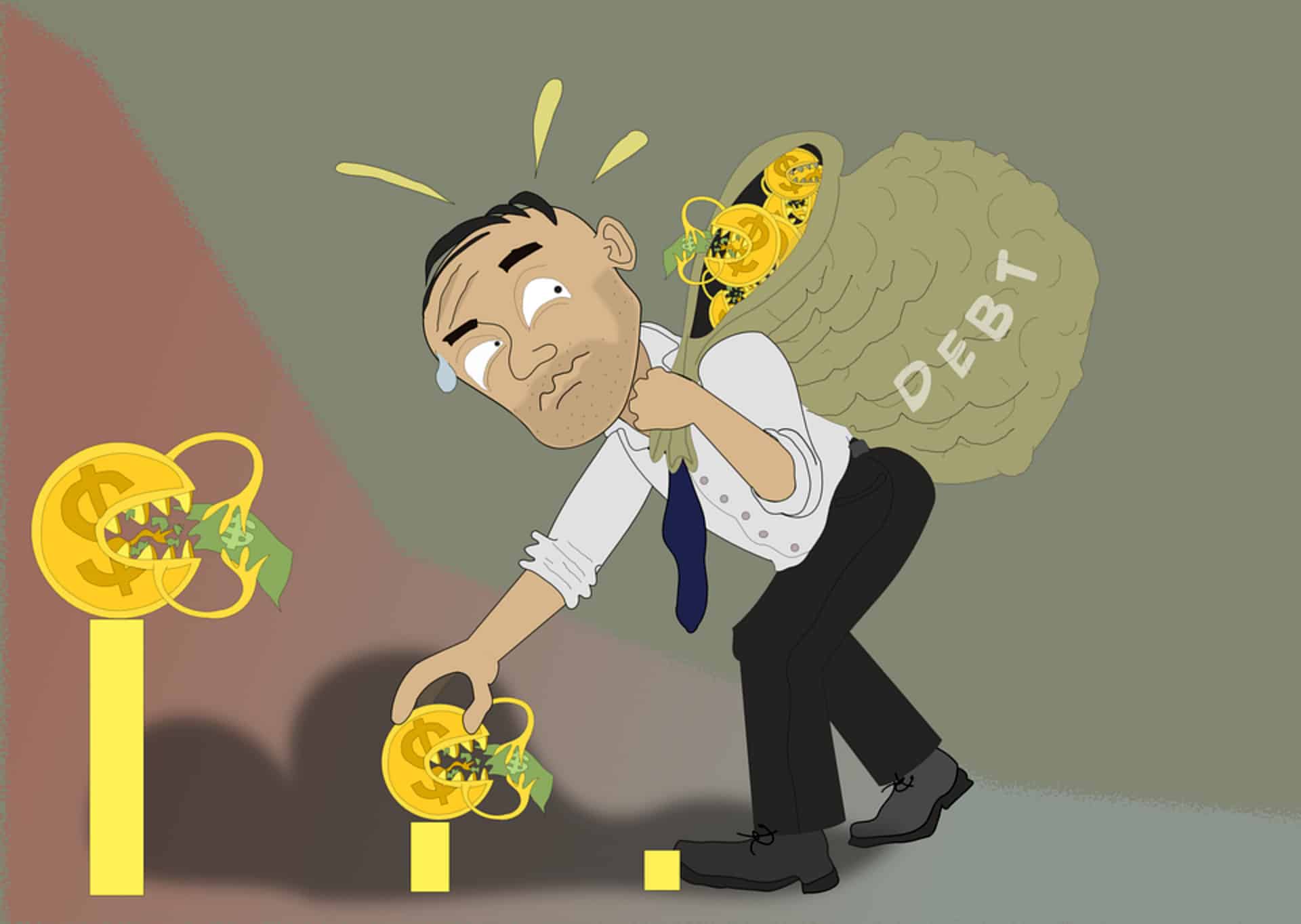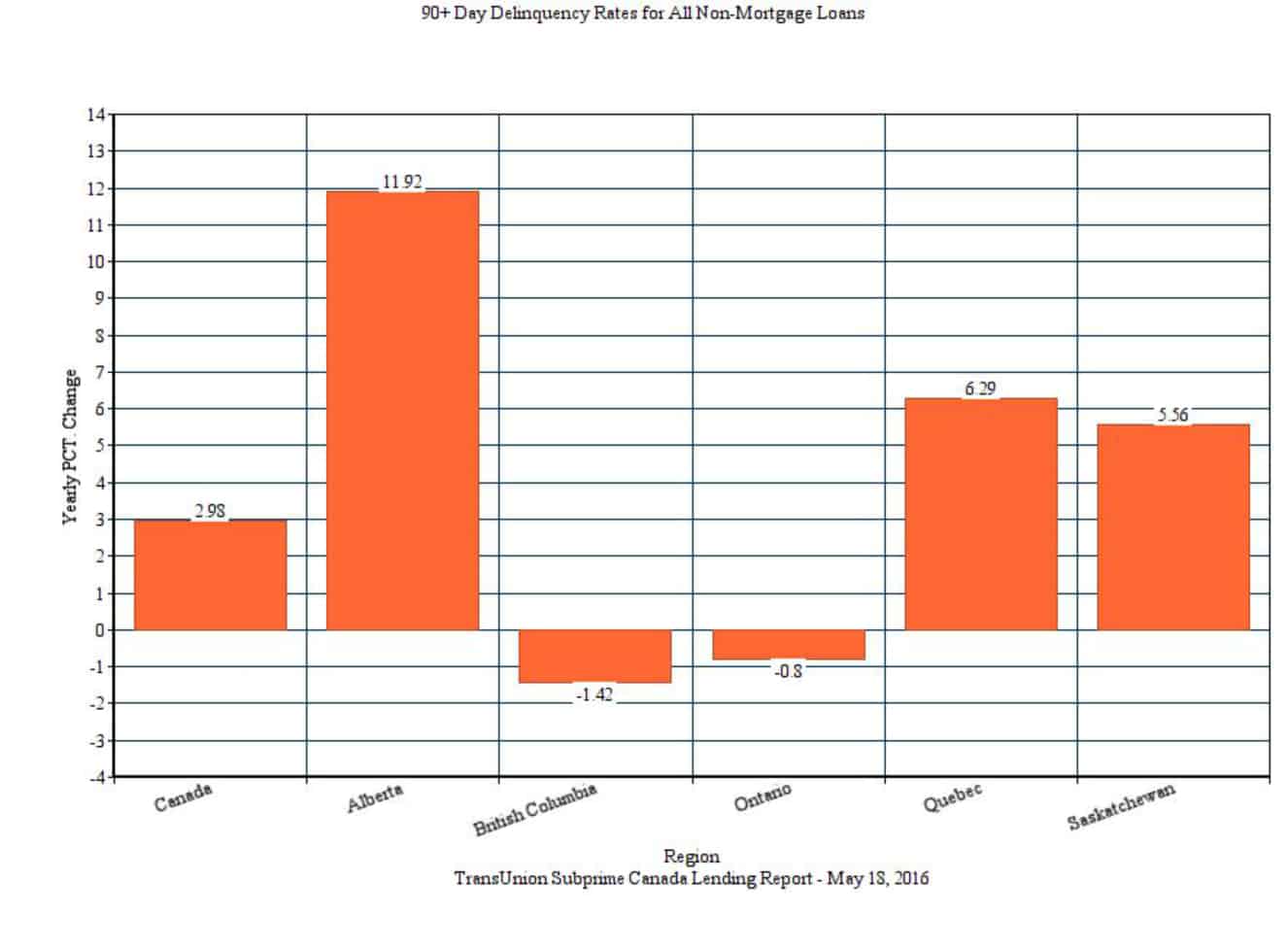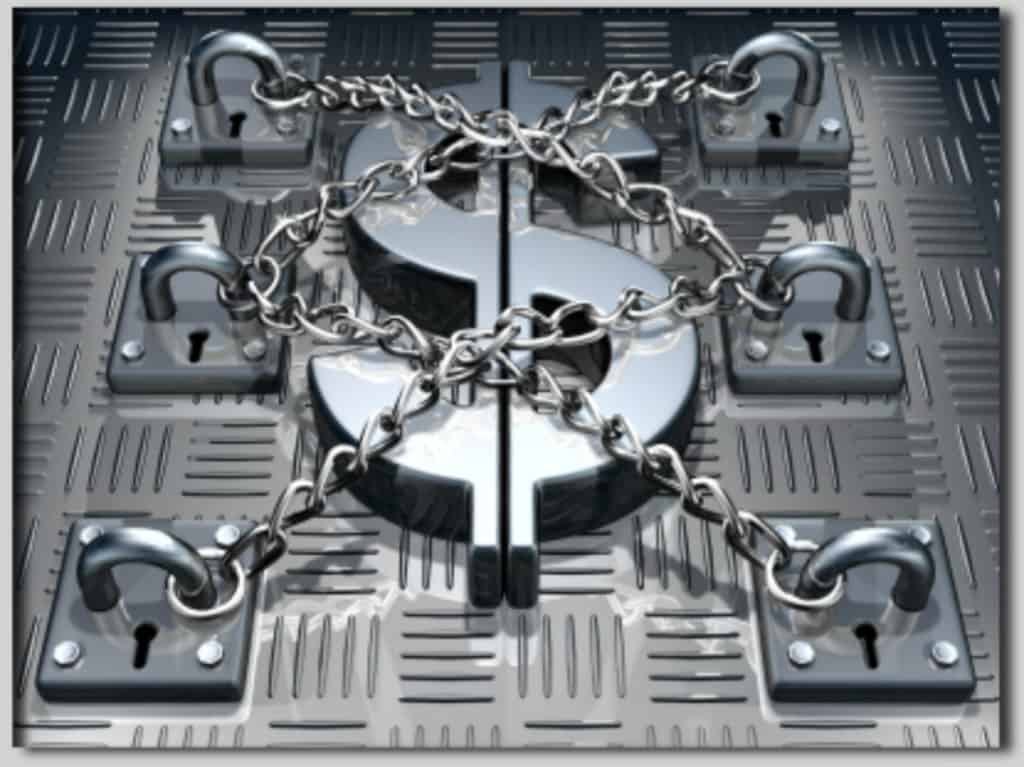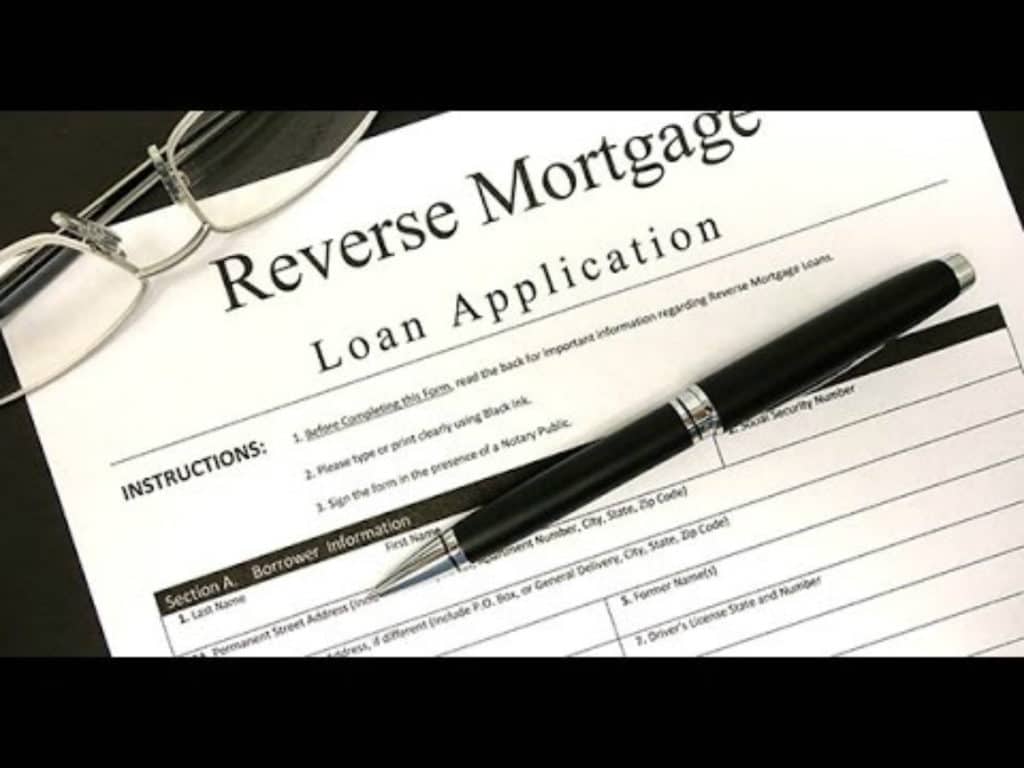 Amazon Prime getting into the US student loan business but not student debt counselling
Amazon Prime getting into the US student loan business but not student debt counselling
As you will see from this blog, there is a huge need for student debt counselling, as new entrants into the student loan business are enticing students with new offers. The financial services industry in the United States is changing rapidly with many non-traditional companies getting into the game. The latest is Amazon Prime. They’re now offering discounted student loans to Amazon Prime Student customers through a partnership with Wells Fargo.
Although this type of program is now only available in the U.S., and while we typically discuss things that affect Canadians, we felt that anything that could cut the cost of a student loan was worth reporting. However, keep in mind that this does nothing for student debt counselling so that students are better able to handle debt. It is merely a financial opportunity with little risk as further described below.
Our previous student debt counselling and student loans blogs and vlogs
Student loan debt is such a serious issue that we’ve written a series of blogs and vlogs on the subject.
- VIDEO: DREAM CRUSHING AVERAGE STUDENT LOAN DEBT: REASONS WHY WE PITY YOU
- STUDENT LOAN DEBT, DOES IT AFFECT THE ECONOMY?
- STUDENT LOANS DEBT: WILL BANKRUPTCY ELIMINATE IT IF YOU ARE NOT THE STUDENT?
- STUDENT DEBT BANKRUPTCY: NEW SECRET TACTIC TO AVOID BANKRUPTCY
- CANADIAN PARENTS PAYING STUDENT LOANS
- PARENTS PAYING STUDENT LOANS: SHOULD YOU BORROW FOR YOUR CHILD’S POST-SECONDARY EDUCATION?
- CANADA STUDENT LOAN REPAYMENT: WHAT CAN YOU DO IF YOU CAN’T REPAY?
Canadian Federation of Students study
According to the Canadian Federation of Students (CFS), the impact of Canada student loan debt is that today’s students are the most indebted generation in Canadian history. They can certainly use student debt counselling.
The average student graduates with over $28,000 of debt. Tuition fees and living costs continue to rise, and there’s no solution in sight. The CFS has been lobbying the federal government for students, to no avail. And it’s not better south of the border where tuitions and the student loan debt is proportionally greater.
Perhaps CFS should also lobby the provincial governments to include student debt counselling as a mandatory grade 12 subject in high school!
Is Student Debt Counselling Being Offered to Amazon Prime Student customers?
Through the partnership, Wells Fargo is not offering any student debt counselling, but is offering student loans Amazon Prime Student Customers (not students whose parents have a Prime membership of their own):
- A 0.50% interest rate discount
- This can be added on top of a 0.25% interest rate reduction for enrolling in an automatic monthly loan repayment plan
- In addition, any interest rate discount tied to another Wells Fargo global promotion
Students can apply for a new student loan or refinance existing student loans.
Why would Amazon Prime want to get into the student loan business
Of course this partnership benefits Amazon and Wells Fargo financially. However, it does not give any education to college students through student debt counselling. Amazon Prime will no doubt have many more sign ups and Wells Fargo will have access to many more potential borrowers. But the bottom line is that the student will benefit by having access to discounted student loans. Hopefully someone in Canada will also find a way to help lighten the student loan debt load.
However, there is even a greater reason. In Canada, a bankruptcy discharge will only end student loans if you’ve ceased to be a full or part-time student for more than seven years and either declare personal bankruptcy or make a debt proposal to your creditors, most likely through a consumer proposal. The only other option is to attempt to seek from the Court relief because of undue hardship, but this is very difficult, if not impossible.
If you think it is difficult under Canadian law to end student loans, it really is impossible under the US Bankruptcy Code. The leading case in the US, which subsequent decisions have followed, is, Marie Brunner v. New York State Higher Education Services Corp. (October 14, 1987, #41, Docket 87-5013). This case set a precedent for defining the concept “undue hardship” in bankruptcy discharges of student loans.
Suffice to say that if a bankrupt in the US is seeking a discharge of all of his or her debts, including student loan debt, the mere fact that they can afford to hire and pay an attorney can be used as evidence that if they have funds to pay legal counsel, then there is no undue hardship for them to agree to a repayment plan on account of the student loan debt after they get their discharge from bankruptcy and their non-student loan debts.
Since the debt will in almost every case always be owing and payable, it is a safe bet for Amazon Prime.
Are you in need of student debt counselling or credit counselling?
No matter the cause of your serious debt issues, The Ira Smith Team is here to help. Debt is not insurmountable; there are always options. With proper counselling, immediate action and a solid plan, we can help get your life back on track Starting Over, Starting Now. Our trustees are also certified in credit counselling. Give us a call today.









